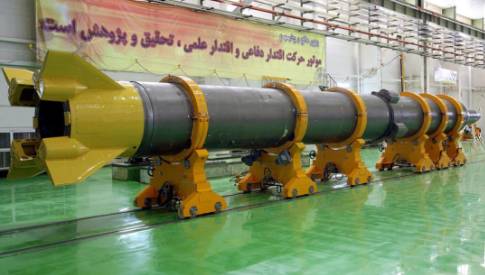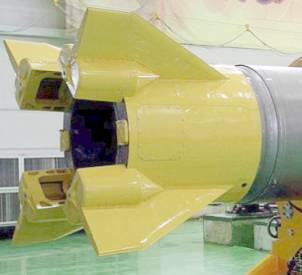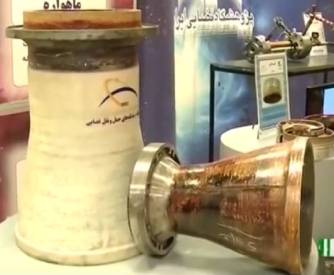|
The Iranian two-stage solid propellant
missile "Sejil"
-- the renamed "Ashura"
(Ghadr-110) --
Norbert Brügge, Germany
First Upload: 2008 / Last Update: 17.01. 2021
2020-2021 -- New images of the Sejil missile
shown in a video from 2020 and launches of three missiles mid January 2021
suggest that this missile has come into focus again. It can also be
concluded that since the first demonstration in 2008 and 2009, a "mass" production
is now possible.
TEHRAN, 2009,
Dec. 16 --- Iran has successfully tested an optimized version of the solid-fuel
Sejil missile. This new version of the Sejil is faster during the powered
flight portion of its trajectory and also during the re-entry phase. It is
also harder to detect for anti-missile systems, as it is covered with anti-radar
material. The new highly maneuverable missile is also more efficient as it
requires less amount of time for prelaunch preparations. The engine and various
fuels have been tested and the platform is now highly reliable.
TEHRAN, 2009, Dec. 16 --- Iran has successfully tested an optimized
version of the solid-fuel Sejil missile. This new version of the Sejil is
faster during the powered flight portion of its trajectory and also during
the re-entry phase. It is also harder to detect for anti-missile systems,
as it is covered with anti-radar material. The new highly maneuverable missile
is also more efficient as it requires less amount of time for prelaunch preparations.
The engine and various fuels have been tested and the platform is now highly
reliable.
TEHRAN, 2009, May 20 --- Iranian President Mahmoud Ahmadinejad said
that the country successfully launched an advanced surface-to-surface missile
Sejil with a range of about 2,000 km, the official IRNA news agency reported.
The Sejil missiles use solid fuel and perform in two stages.
TEHRAN, 2008, Nov.
18 --- Iran flew its new missile for the second time. Iran's defense Minister
Mustafa Najjer was sufficiently satisfied to release impressive video footage
showing what was clearly a previously unknown large multistage ballistic missile
roaring off a mobile launcher. In a series of interviews after the test, Najjer
stressed that the new "Ashura" missile is renamed "Sejil",
and had a range of more then 2,000 kilometers and that it was a two-stage
design, powered by composite solid-propellant rocket motors.
TEHRAN, 2008, Nov. 12 --- Iran test fired a new generation of ground-to-ground
missile, the defence minister Mostafa Mohammad Najjar as said. "This is a
two-stage missile carrying two engines with combined solid fuel," Najjar said,
adding that the missile was named "Sejil".
TEHRAN, 2007, Nov. 27 --- Iran has built a new longer-range ballistic
missile named "Ashura" with a range of 2,000 kilometers , the defense minister
Mostafa Mohammad Najjar said.
|
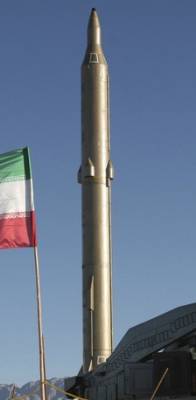


|

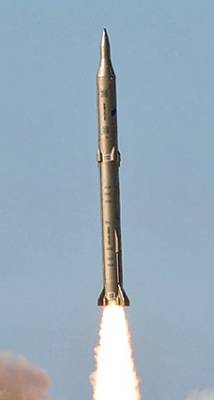
|
|
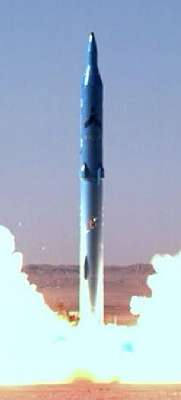

|

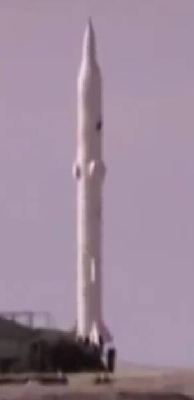
Launch three and four
|
|
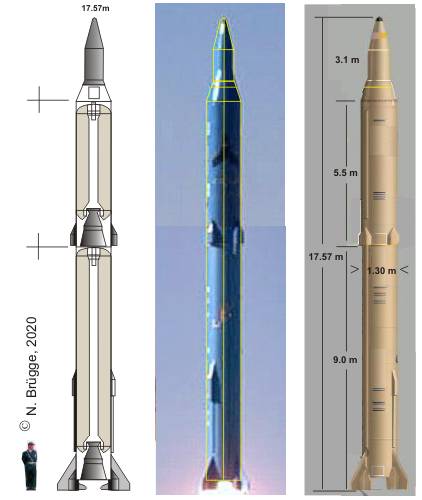
|
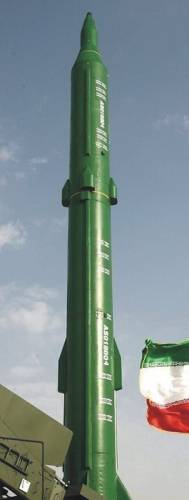
|
|
|
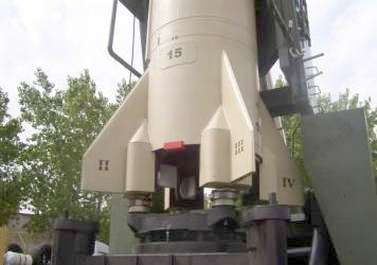

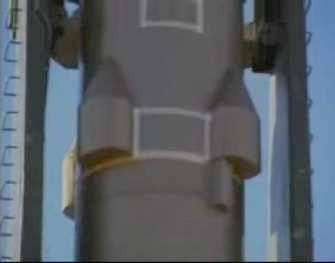
|
|
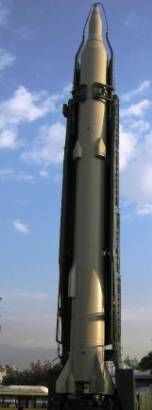

|
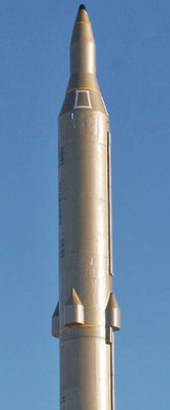
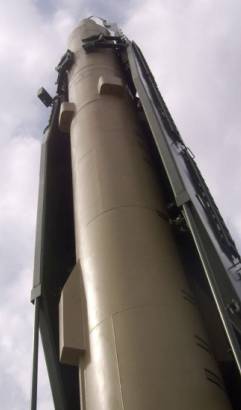
|
|
Sample calculation
|
Stage
|
Thrust s.l.
|
Isp s.l.
|
Thrust vac
|
Isp vac
|
Propellant
|
Burn time
|
Combustion
|
Total Imp
|
|
kN
|
N*s/kg
|
kN
|
N*s/kg
|
tons
|
s
|
t/s
|
MN*s
|
|
1
|
487.5 |
2354 |
538.2 |
2599 |
14.50 |
70 |
0.2071 |
37.7 |
|
2 |
|
|
241.1 |
2628 |
5.50 |
60 |
0.0917 |
14.5 |
|
|

|
Sejjil
Maximum range: 2000 km
Missile total weight: 23623 kilograms
Missile total length: 17.57 metres
Missile diameter: 1.25 metres (??)
Warhead weight: 500 kilograms
Warhead type: High Explosive
Fuel type: Solid
Maximum flight time: 835 seconds
Flight trajectory: Ballistic
|
|


